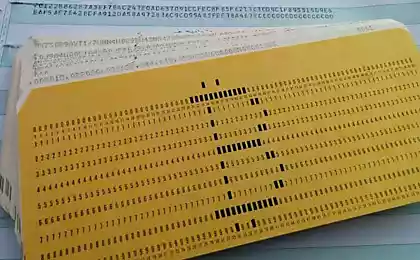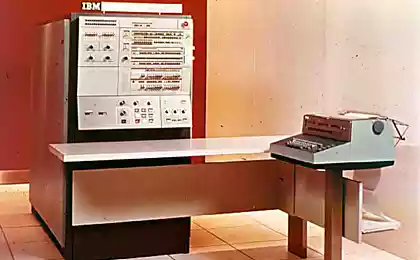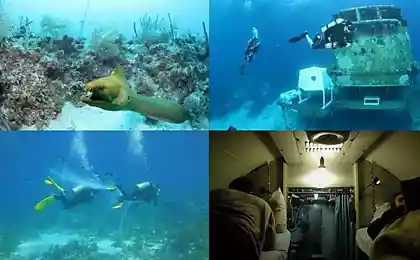758
The quietest room in the world: IBM laboratory in Zurich

A few minutes drive from the center of Zurich is a very interesting object - Research Laboratory IBM, placed deep underground in rock formations. This is one of the most advanced laboratories in the world, which, moreover, is the quietest place in the world. There is no vibration, but there is protection against electromagnetic radiation. And here is cool and quiet.
When you are going to carry out experiments at the atomic level - for example, to take a single atom and move it to the other end of the molecule, in such an experiment it is required to use the incredible precision equipment. However, the use of such equipment will not work without a high-tech environment. In addition, in experiments on the subatomic level we need to be sure that external factors do not interfere with work. For example, the slightest vibration can lead to the fact that the picture of the molecule will be spoiled - it nothing can be sorted out. Plus, you need a certain temperature.
The ideal solution is to create a bunker deep beneath the earth, and every detail of the project to establish such a Hopper will meet the main task - to isolate the room from the outside world. That's what IBM has done, and in 2011, opened the Center for Nanotechnology named Binnig and Rohrer ( Binnig and Rohrer Nanotechnology Center ). < br /> Creation of the center cost the company about $ 90 million, this amount was included in the cost of equipment and $ 30 million.
Quiet Harbor equipment
Under laboratory at great depths are six quiet rooms - or, to be more precise, the premises where there are practically no sounds. Here, as mentioned above, no vibration and no electromagnetic radiation penetrating from outside. Each room is used for a particular type of work. For example, in one room, with Raman microscope removed "fingerprints" with the molecules. In another - use beams of electrons instead of visible light to produce images of objects as small as 0, 09 nm.
Vibration is not here due to the large depth of the rooms, plus rooms carved into the rock. The walls of all rooms are covered with iron-nickel alloy, blocking almost all electromagnetic fields, including those that are generated by the equipment adjoining rooms. Each room is divided into two parts: a small room, which houses the experimenter, and the rest of the equipment. Man is the source of heat, noise and vibrations, so it must be kept in isolation from the equipment.
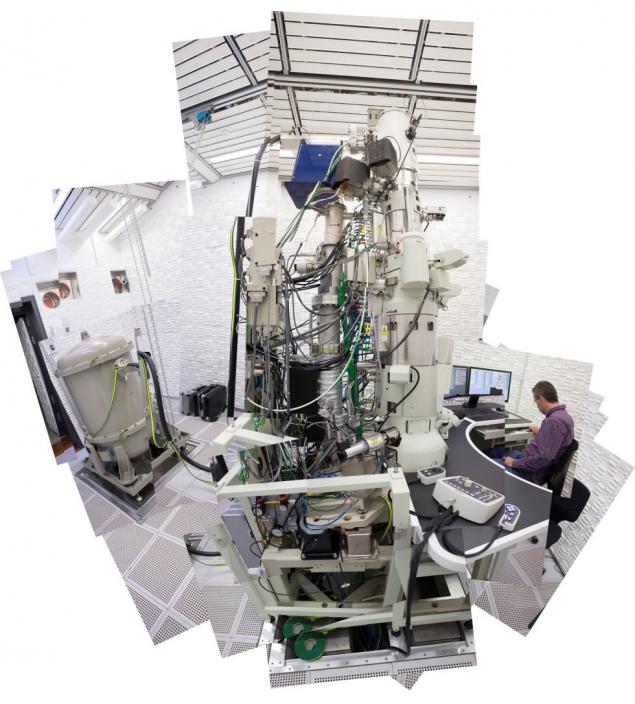
In order to even further isolate the person, in each room two sexes - one suspended by which a person walks. And the other - the usual, it is the equipment. As for the second - it is, in fact, not the floor. This is a huge concrete slab weighing 68 tons, which is located in the air gap. Any vibration of the leveled layer.
And that's not all. To reduce the impact of the acoustic effects of the walls are covered with a special material, an acoustic absorbent. Moreover, if the experiment is used more or less noisy equipment (vacuum pump, for example), they are placed separately from the rest of the equipment.
All rooms are illuminated by LEDs, operating at a constant current source which is also located at a distance, eliminates electromagnetic interference. In each room there are Helmholtz coils oriented in such a way that the system covers the axis X, Y, Z. This is - a great way to reduce the influence of the residual magnetic fields
Terms indoors
The temperature here is about 21 degrees Celsius, the maximum temperature fluctuations - 0, 01 degrees per hour. Maximum variations in the day - 0, 03 degrees.
Electromagnetic fields from sources of AC - only 3 nT, DC - 20 nT.
With regard to vibration - the equipment installed on a concrete platform, moving at 300 nm / s at 1 Hz, or 10 nm / s to 100 Hz.
Most problems - on the acoustic waves. Although covering the walls, all the other protective measures, the sound is there. This noise operating scientific equipment, ventilation and light noise, and some other sounds. The strength - about 30 dB, sometimes below 21 dB, if the experiment is not very noisy.
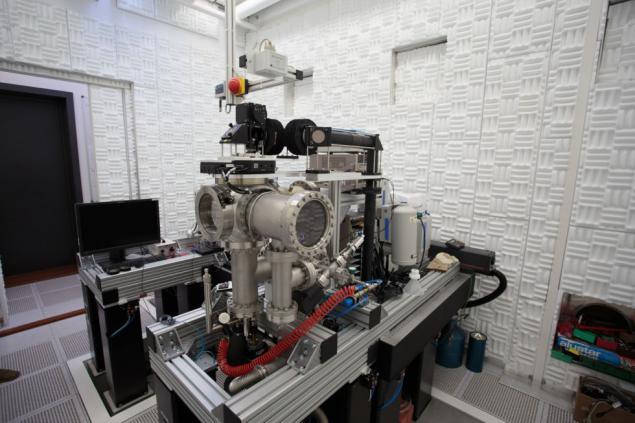
Previously, the equipment installed today at the premises, working in the basement of the main room, on an ordinary concrete floor. After all instruments and equipment placed in the rocks, the accuracy of the equipment has increased by 2-3 times.
And before the researchers had to work in their laboratories, under normal conditions. The bulk of the experiments carried out at night, when the vibration / noise is minimal.
Now scientists are very happy - they do not have to work the night shift because the afternoon ride along the roads of cars and people on the sidewalks paced.
Source: geektimes.ru/company/ibm/blog/259760/
